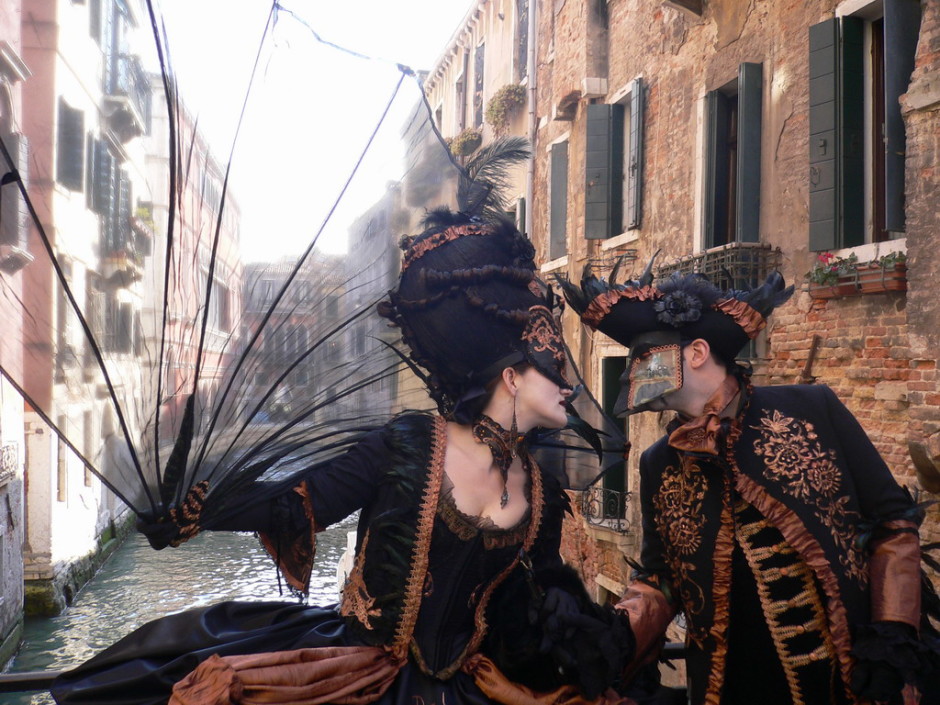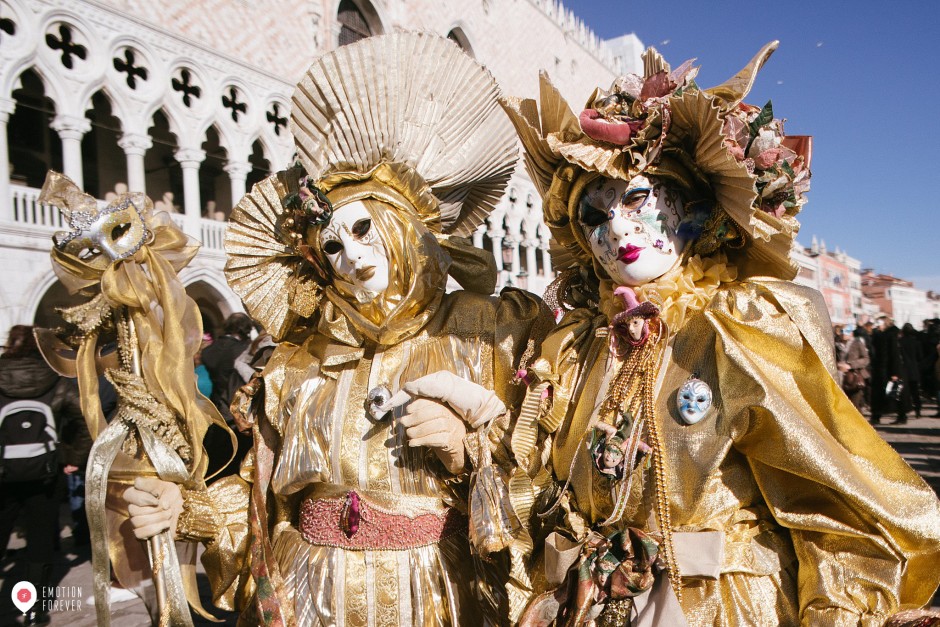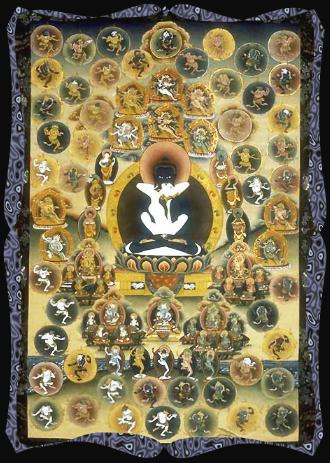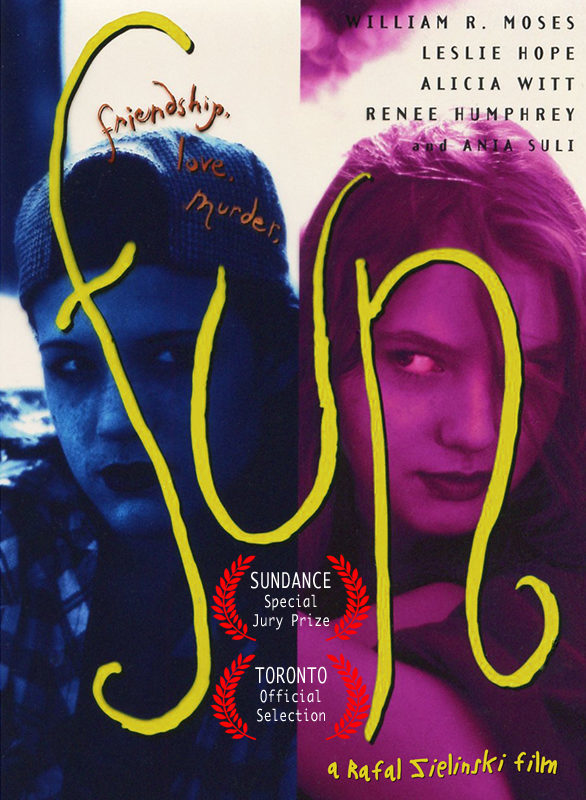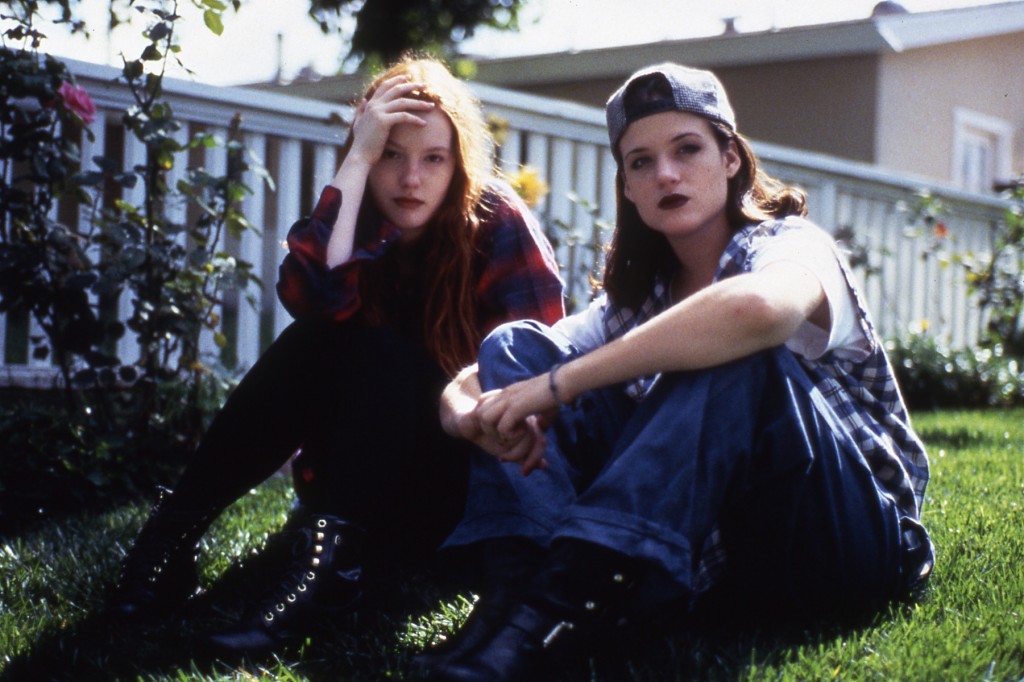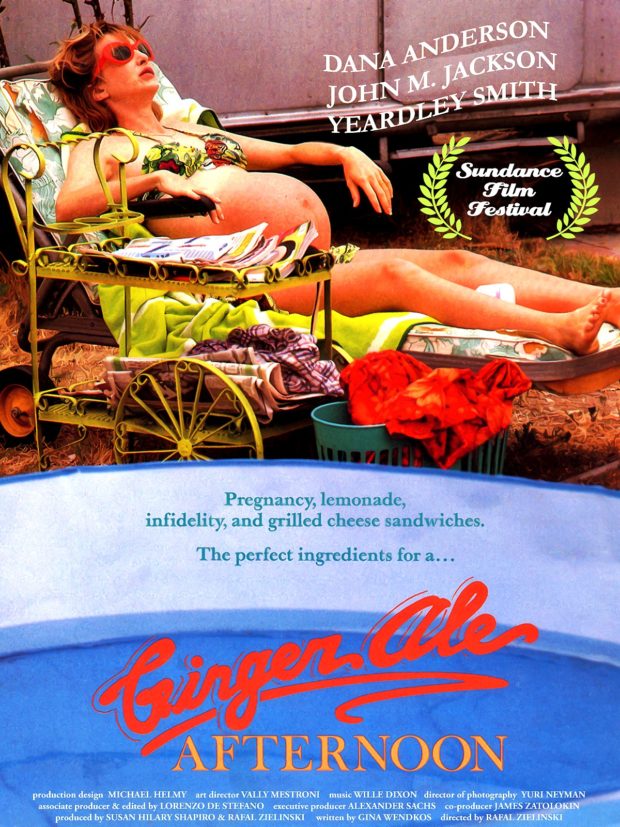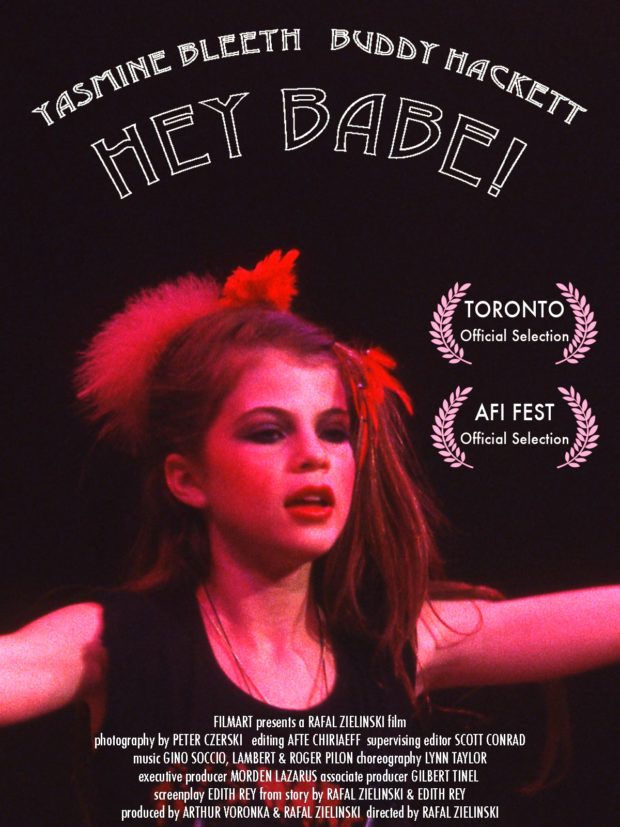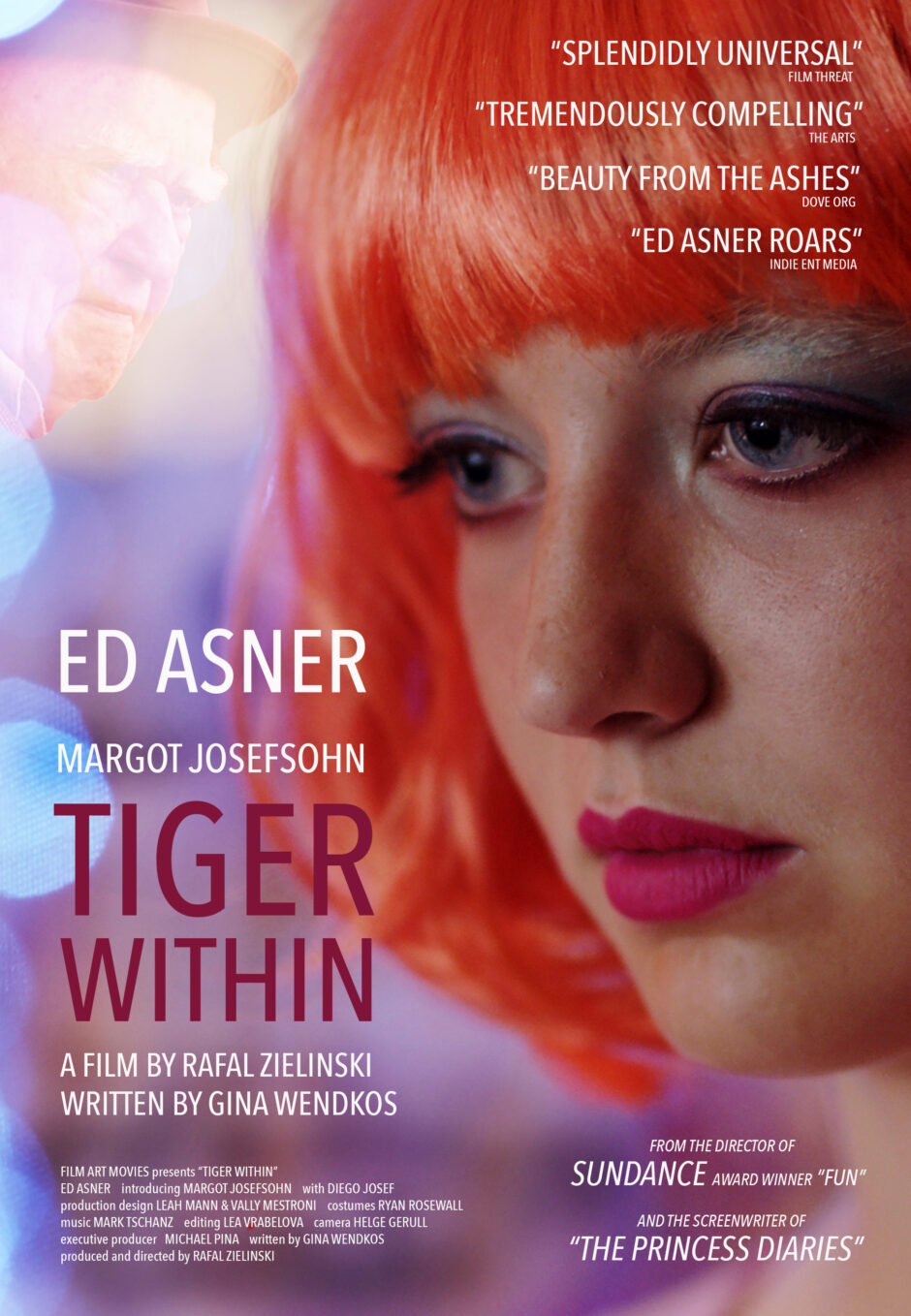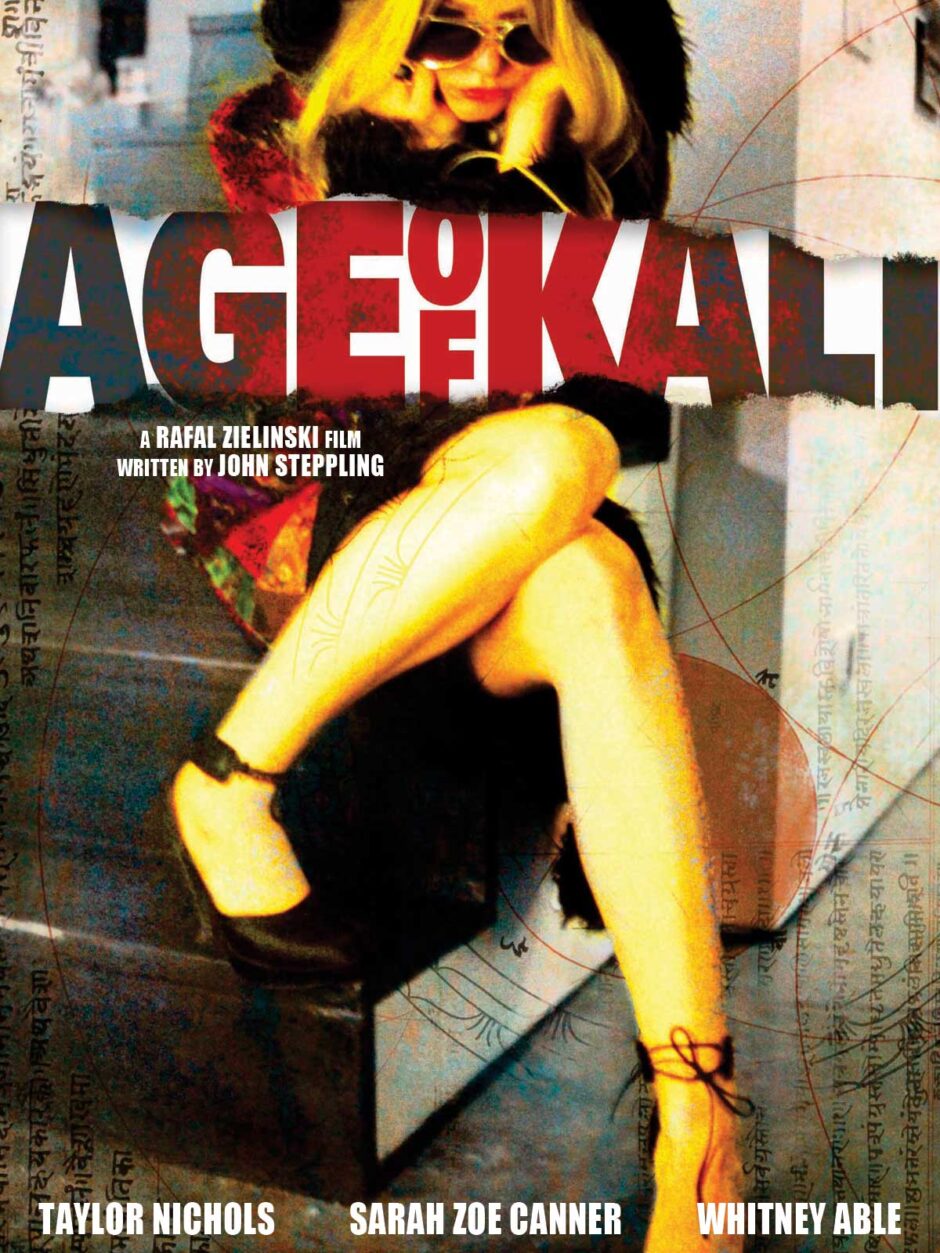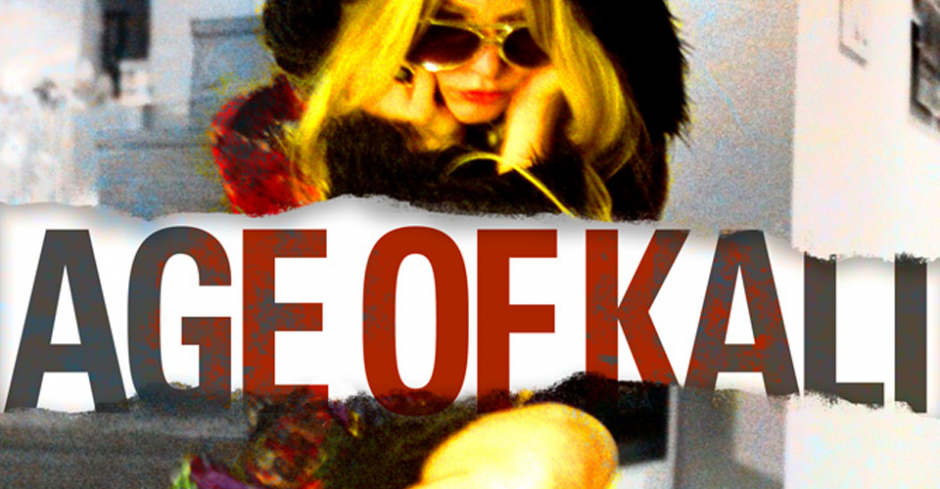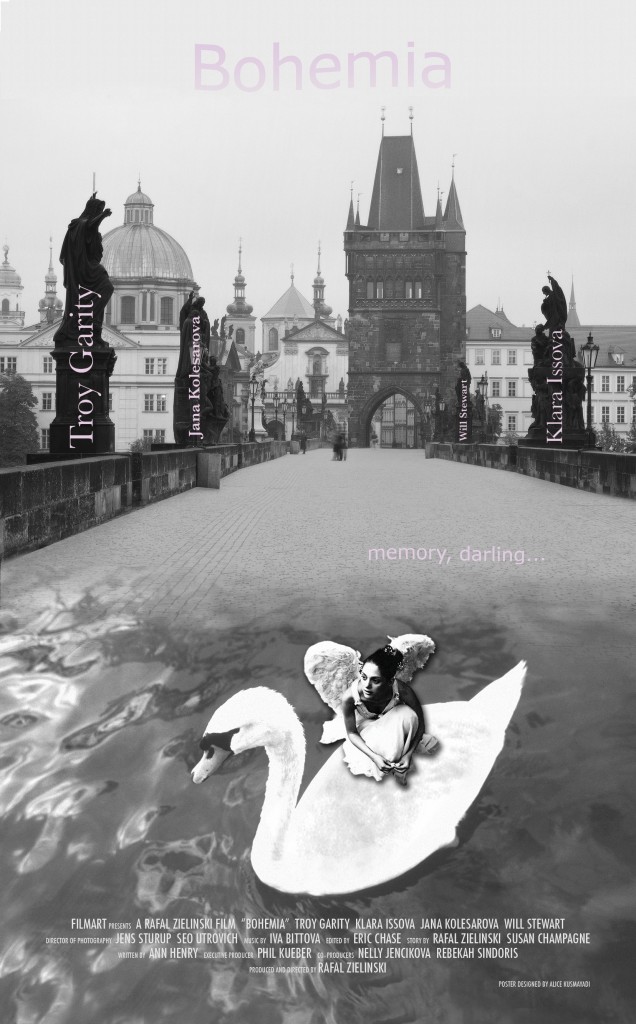Girl5 is a film about a fictional pop/rock band, and the idea is to find five talented teenage girls who can sing, dance and act (and hopefully play instruments), and then to have a select music-team come up with one or two dozen numbers for them.
The concept is that they each come from a different continent so we may cast it not only in North America, but in Europe, Africa, Asia and South America, as well.
The music might also come from musicians and songwriters around the world submitting tracks, the girls themselves or the music team.
Once the tracks are produced, there will be an extensive rehearsal period before the movie is shot.
The film will be a series of music videos strung together, and the story (our screenplay) will be part of the music videos, so the current script will not be shot in it is entirety – rather it will be shown in snippets and used more of a guide to improvise upon, the way music some videos are done.
The last week or two of the shoot will involve taking the group on a “mini-tour”, and have them perform live. The performances will be filmed, and we will also create a behind-the scenes “fake documentary” as if the band was real, with interviews and “candid” improvised moments with the girls. The performances and this documentary footage will also be intercut into the movie.
To keep it within an indie budget and give it a hip-eclectic style, portions will be shot on a green screen, even with hand-drawn and animated backgrounds (we do not have to go to locations around the world, or shoot in huge concert venues). Sometimes the girls will literally turn into cartoons (when we cannot afford to stage the car chases, and big action sequences). The animation will be 2D, rather than the expensive 3D CGI kind, more like early Disney cartoons (think South Park, Family Guy, Adult Swim). We have already begun by working with a talented graphic artist-illustrator from the UK to create some samples.
If the film succeeds this could spin off into a TV series and the band actually going on a real tour and releasing more records.
Spritz sells cola around the globe in 1001 flavourts, but when Sean and Randy pitch Girl 5, they can’t say no. It will sell even more cola!
After a global search across five continents, the five mystery girls are chosen. The manufactured band and the manufactured sound is a smashing success!
But someone forgot something in the all the excitement. It has no soul. The over-hype, over-promotion, over-marketing, boils over. It’s a total melt down and the fans turns violent.
Spritz faces a total write down, puts a contract out on the two swengalis and sicks the Dept. of Homeland Security on the band. The girls run into hiding, go underground.
Suicide is not an option. They were chosen for their “talent”, not their looks, right?
They will not fail! They work, they sweat, they write and… they sing… for real.
They find their sound, their beat, their voice. And it’s the cry of the world all in one. Someone sneaks out a tune…. it goes viral.
Who are these sirens, these muses, these mystery goddesses? Everyone wants to know.
FEED THE WORLD – DANCE THE WORLD – LOVE THE WORLD – BE THE WORLD.
Spritz on!


